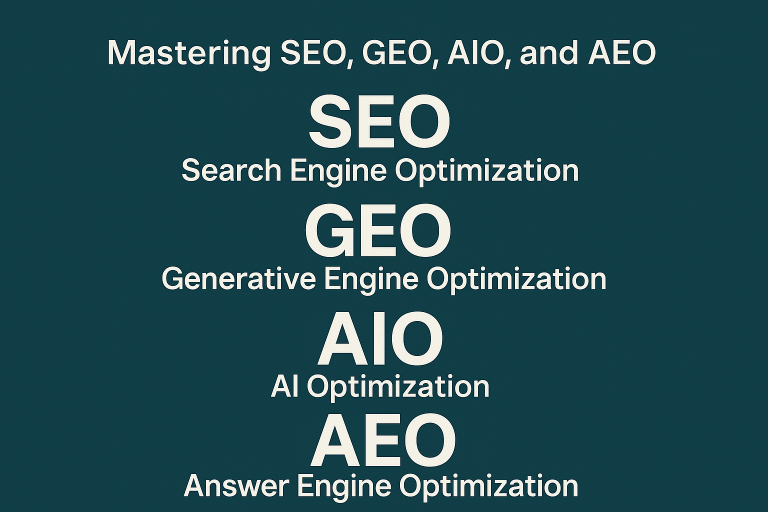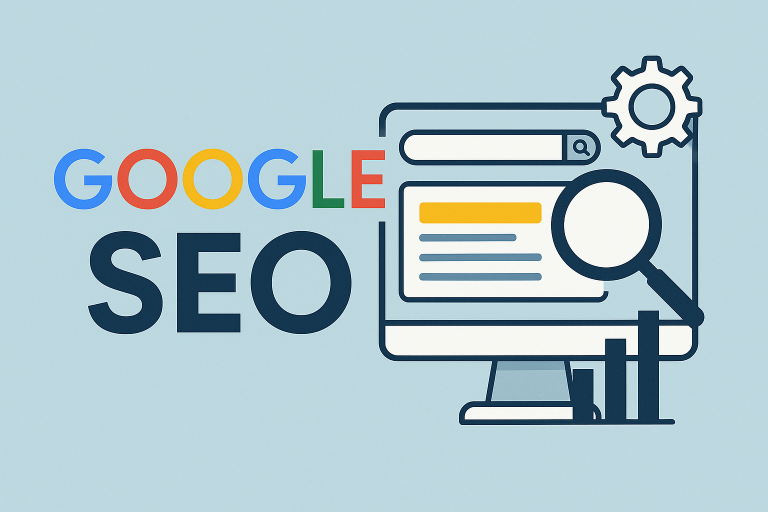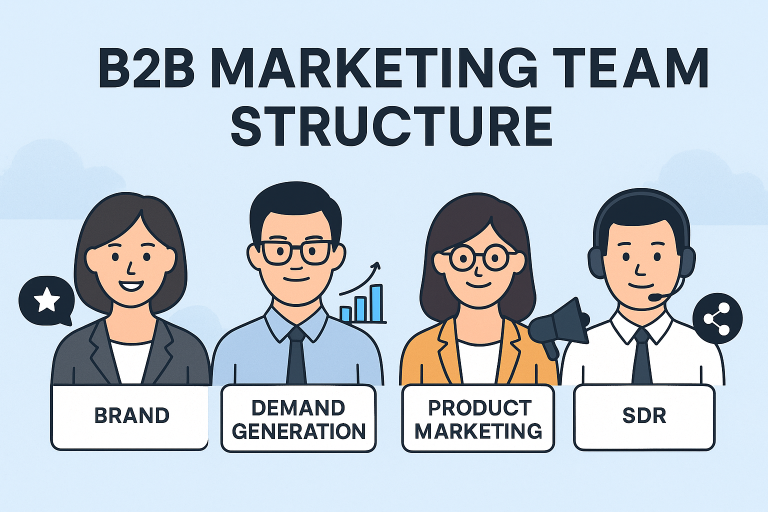In the age of AI-powered search, traditional SEO is undergoing a major disruption. With the rollout of Google AI Overview (formerly known as SGE), marketers are witnessing a seismic shift in how information is discovered — and how much of it is actually clicked.
AI-generated answers now dominate the top of search results, giving users instant summaries without needing to visit a website.
For content marketers and SEO teams, this means: more exposure, less traffic.
So, what exactly is AI Overview? Why is it showing up more often? And most importantly — what can you do about it?
Let’s break it down.
What Is Google AI Overview?
AI Overview is Google’s generative AI feature that provides direct, synthesized answers to complex queries — combining content from multiple sources using its Gemini model.
Unlike featured snippets, which show a single website’s answer, AI Overview:
- Synthesizes from multiple pages
- Summarizes long-form content
- Occasionally shows cited links (but not always)
- Appears at the very top of the search results page
Imagine a user asks:
“What’s the best ATS system for small businesses?”
Instead of a list of links, Google may display an AI-generated paragraph comparing platforms — possibly without any brand getting the click.
When Does AI Overview Show Up?
From ongoing testing and public documentation, here’s what triggers AI Overview:
| Factor | Description |
|---|---|
| 🧩 Query Type | Informational, complex, multi-intent searches |
| 🏗️ Structured Content | Well-outlined H2/H3 with clear answers |
| 📚 High Content Density | Pages with definitions, comparisons, how-to’s |
| 🔎 Semantic Coverage | Sites that address related questions in context |
| 📊 Source Credibility | High authority domains are favored |
Examples:
- “How to choose a CRM system in 2025”
- “Best employee engagement platforms”
- “How does an AI resume screener work”
The Real Threat to Marketers
While AI Overview might sound helpful to users, here’s what it means for brands:
1. Zero-Click Search Is Becoming Default
Many users now find the answer they need without clicking anything. That’s a massive drop in potential website visits.
2. Your Content, Their Answer
Google uses your content to generate the answer — but may not link to you or show your brand name.
3. Reduced Brand Visibility
Even if your information is cited, it’s often buried under the AI paragraph, without visual branding or context.
4. Lower Conversions
Less traffic = fewer form submissions, demo requests, and sales opportunities.
What Smart Marketers Should Do Now
1. 🧠 Write for AI, Not Just for People
- Use clear, scannable structure: H2s, FAQs, and summaries
- Include explicit answers that AI can recognize and cite
- Build out semantically related questions on one page
2. ✍️ Create Content AI Can’t Easily Replicate
- Case studies, internal data, industry POVs, human insight
- Unique frameworks, comparisons, and stories
- Charts, video explainers, calculators — things AI can’t summarize
3. 🧩 Use Schema Markup
- Add structured data (FAQ, HowTo, Product, Event)
- Increases likelihood of AI citing you with a visible source
4. 💬 Integrate Strategic CTAs Early
- Add calls to action in intro paragraphs
- Example: “Need a smarter ATS? Download our free checklist →”
5. 📢 Diversify Your Discovery Channels
Don’t rely on Google alone. Invest in:
- Email newsletters
- LinkedIn thought leadership
- Industry publications
- YouTube or podcast content
- Partnerships & PR
What Google Doesn’t Tell You: AI ≠ SEO Killer
AI Overview doesn’t kill SEO. It kills shallow, copycat content.
If your brand creates original, structured, insight-rich pages, you still have a chance to be cited — and build trust over time.
The new rule is simple: Be the source AI summarizes.
Final Thoughts
AI Overview is here to stay — and it’s changing the content game faster than most marketers realize. The brands that win in this new landscape will be those who:
- Build content ecosystems, not just blog posts
- Create layered, multimedia, value-driven content
- Think beyond rankings, and focus on visibility, credibility, and conversion
Want Help Navigating the AI Search Shift?
We’re following Google’s AI updates closely — and helping brands turn these changes into opportunities.
Leave a comment or reach out if you’re rethinking your content strategy for the AI era.



